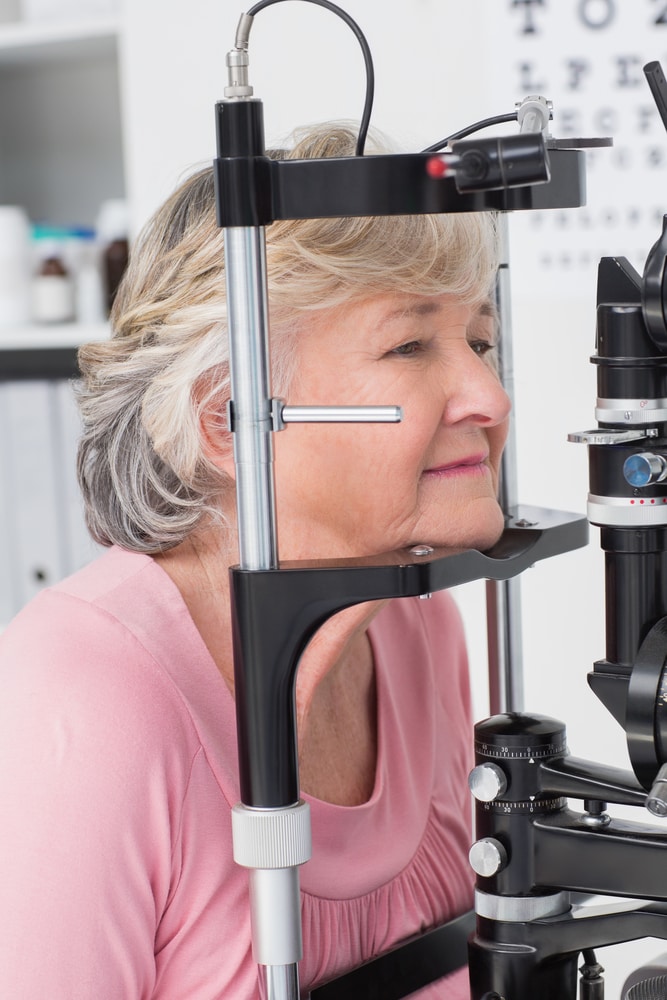Glaucoma is an eye condition in which the optic nerve connecting the eyes to the brain becomes damaged.
Glaucoma is most often caused by a build-up of fluid in the front part of the eyes. This increase of fluids then causes higher pressure inside the eyes.
If left untreated and/or undiagnosed, glaucoma can lead of a loss of vision. This common eye condition is more likely to occur in those who are 70 and over, but people of any age can be affected.
It should be noted that there are several types of glaucoma, some are more serious than others. One of the more serious ones is narrow-angle glaucoma.
Risk Factors & Causes
Glaucoma can affect anyone, but there are some risk factors that may pre-dispose an individual to the condition.
Risk factors of narrow-angle glaucoma
The risk factors for narrow-angle glaucoma include:
- Hyperopia, or farsightedness
- Age– narrow-angle glaucoma is most likely to occur in those 70 and over.
- Ethnicity – people of certain ethnicities are statistically more likely to develop glaucoma.
- Sex – women are more likely to be affected by the condition.
- Pre-existing conditions – Some diseases and conditions, like diabetes, may place you at greater risk for glaucoma.
Causes
The causes of narrow-angle glaucoma may include:
- A defect in the structure of the eye
- Occurrences which make the pupil dilate, such as dilation drops and dim lighting.
- Certain medications
- A blow to the eye
- A growth of diabetes-related abnormal blood vessels over the drainage angle.
Symptoms
The symptoms of narrow-angle glaucoma can be dramatic. You should see a doctor immediately if you experience any of the following:
- Pain and/or inflammation
- A feeling of pressure over the eye
- Pupil dilation that is non-reactive to light
- Decreased vision or blurring
- Extreme sensitivity to light
- Halos appearing around lights
- Nausea and/or vomiting
- Your eye appears cloudy in or around the cornea
Treatment Options
Narrow-angle glaucoma should be treated as a medical emergency. Because the condition may lead to a complete closure of the drainage angle, immediate treatment is essential to avoid a loss of vision or blindness in the affected eye.
Treatment for narrow-angle glaucoma is via laser iridotomy or filtration surgery. Both procedures work by opening the drainage channels and/or reducing the pressure inside the affected eye.
Here at the New Jersey Eye Center in Bergenfield, NJ, our experienced and professional staff are experts when it comes to glaucoma. If you or someone you know is experiencing any of the symptoms above please don’t delay treatment.
You can come to see us immediately at our walk in clinic, or by making an appointment over the phone if you have narrow-angle glaucoma.


